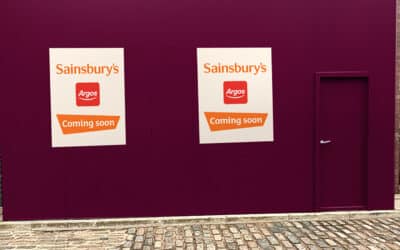When you ask a translation agency for a creative translation, of course you want the very best that it can be. The question is, what makes it the very ‘best’ creative translation, asks Craig Smith, Operations Director of Living Word.
Of course, all translations should be fundamentally right for you and your audience, but for creative translations, so called transcreation, there are a number of additional key factors to be aware of.
Working on creative copy is different than say copy which is technical in nature or factual and non-emotional. As such, the translator’s own personal style and flare becomes much more apparent with creative translation. They will also decipher the text and use language that is particularly relevant, appropriate and natural to the brand. Their aim will be to convey the meaning behind the text and to provoke an emotional response from the reader in the same way the original source will. This is where the linguist’s talent can really shine through, resulting in a translation that is ‘on-brand’ and reads as though it was originally written in their language.
How do I get ‘the best’?
Brief your agency well. When asking for creative translations, always discuss this with your agency first. Share with them the profile of your audience (age, location etc.), tone of voice and other factors you would normally consider for marketing in your own language. And, of course, make sure that your source text is well written and free of errors and ambiguity. But if anything is unclear to the translators, they will for sure seek clarification during the project.
Terminology. Let the agency know if you have any particular terms that you need translated in a certain way or if you want them to stay in English, for instance product names. Translators should not only transcreate the marketing elements, but also thoroughly research the terminology to ensure it is industry-standard, understandable and contemporary.
Who can judge the quality?
A good translation agency should include proof reading as a standard practice. Each translation should be checked and edited by a second, independent, native-speaking translator. This is an important step in the process that sadly some agencies leave out in order to reduce costs to their clients. A potentially fatal error.
They should also give you a dedicated project manager, coupled with a translator and proofreader who specialise in the subject matter of brand in question. This is a pairing that will deliver a style and tone that will perfectly suit the intended audience.
Next in line is you, the client. You will need to feel reassured the transcreation fulfils the needs of the brief, and if you’re a creative or advertising agency, you’ll need to receive frank and honest feedback from your client that they are happy with the finished product.
Of course, lastly, it’s the reader or customer who’ll be the final judge! Does the text successfully reach its intended emotional response and help convert this into sales? Using a top draw translation agency will help achieve this goal.
Living Word has just completed the translation work for the International Fund for Animal Welfare (IFAW) ahead of its new website launch.














